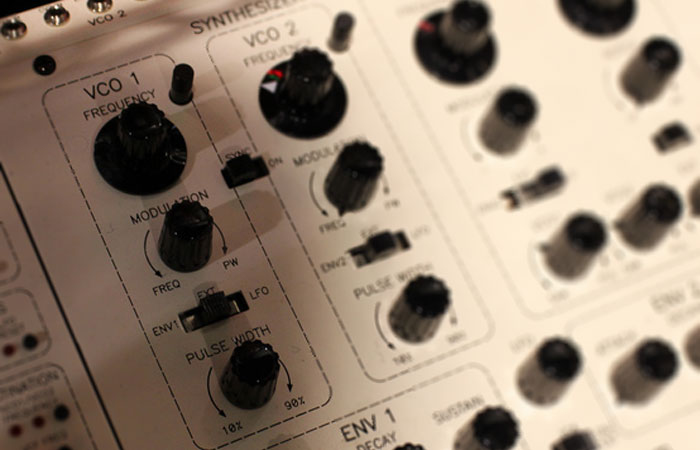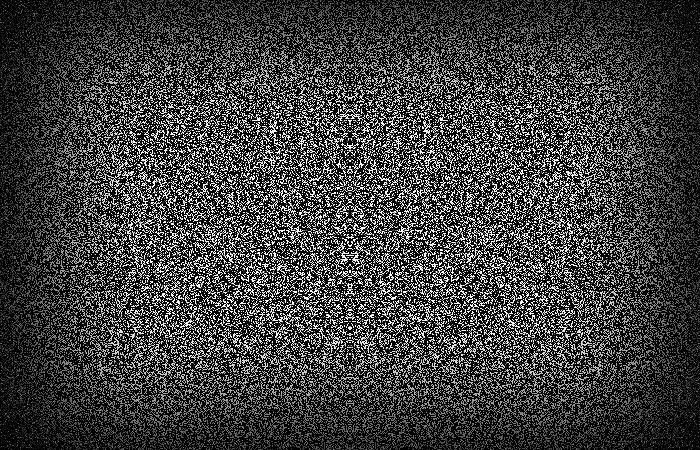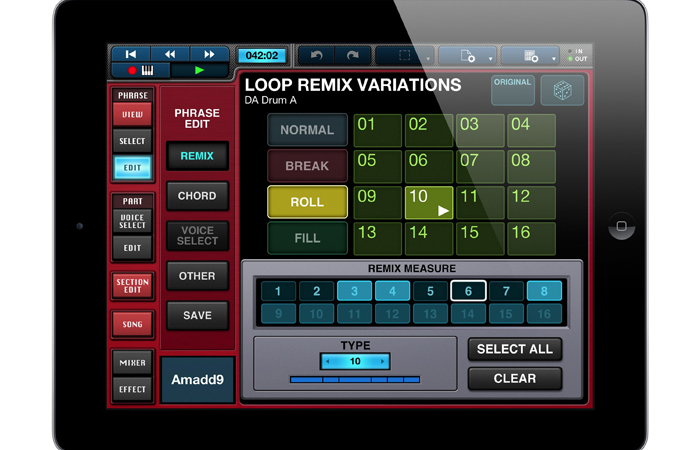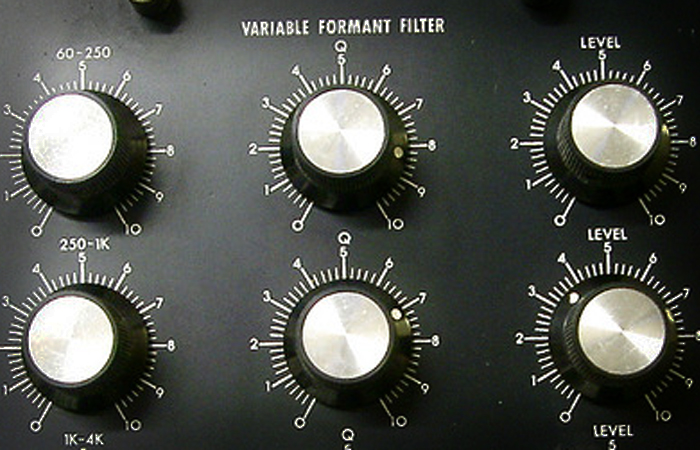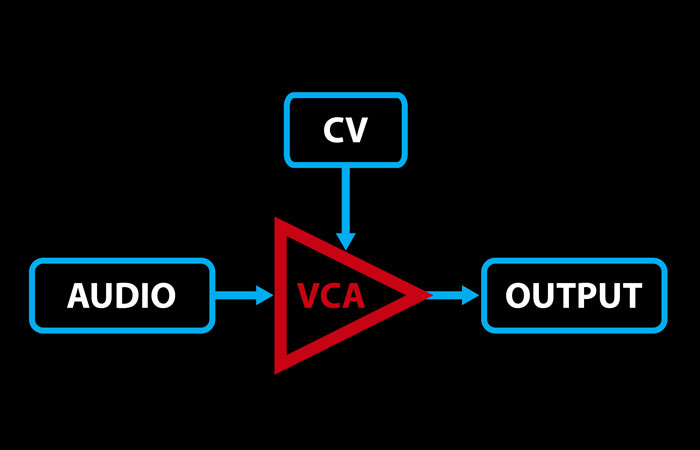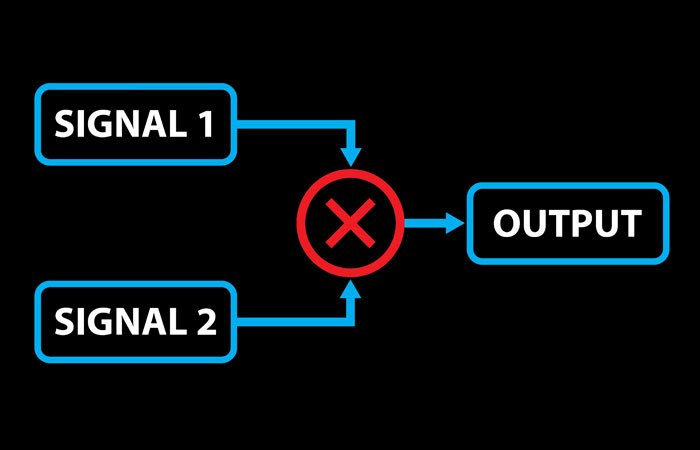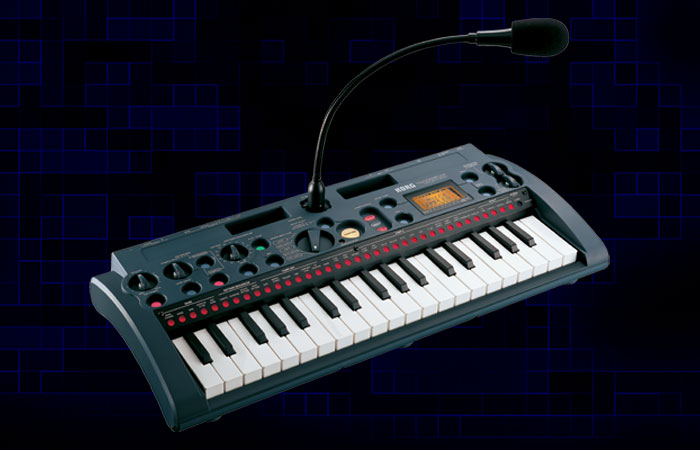
A sampler doesn’t synthesize sounds so much as it plays back sounds that were recorded from somewhere. The recordings are stored digitally in memory, so they can be triggered instantly when you hit a key on your synth. They can also be sped up and slowed down to achieve different pitches. Sampled waves can be […]


